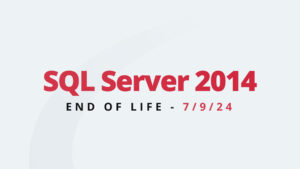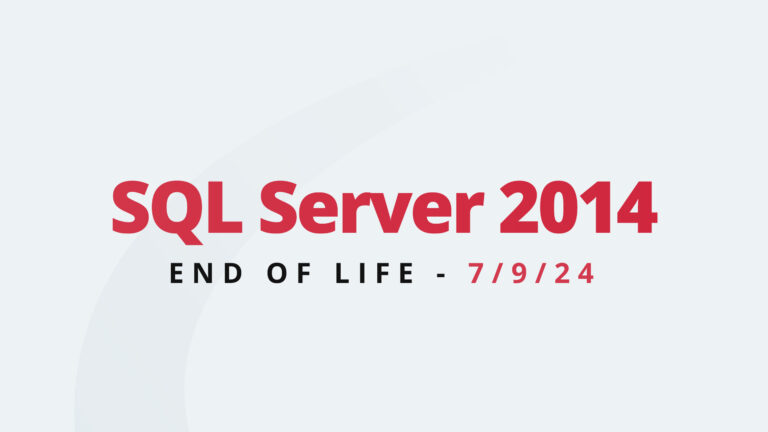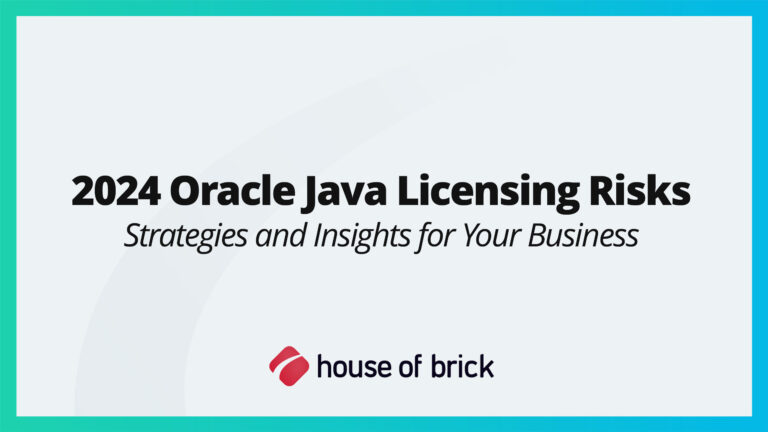Bob Lindquist, Director of Client Services
Given the current economic climate, many organizations are identifying cost cutting options. The fees for Oracle licensing and support are usually some of the largest costs in an organization’s IT budget.
However, there are a number of Oracle cost cutting “hacks” for your consideration. When done in an audit defensible manner, these licensing and deployment options can help enterprises realize significant savings in both the near and long term.
Hack 1 – Beware Extra Costs in Oracle Renewals[1]
Oracle includes language in their agreements that typically allows them to increase Software Update License and Support (SULS) fees by up to 4% per year. Such language has been included in both older and current Oracle agreements. Historically, Oracle increased SULS by 3% per year, but in the past few years they have maxed out the increase at 4% per year.
As these increases continue year-over-year, organizations may end up paying near (or even above) list price for their Oracle products. However, this can also serve as a point of negotiation during renewal – along with other cost reduction strategies – to suspend, or at least minimize, an increase for current and/or future years. If support costs get too high, it may eventually be beneficial to consider purchasing new licenses with a lower annual support base.
Hack 2 – Validate Oracle Feature Usage[2]
Oracle provides a variety of options and packs that can be deployed with their database software. Generally, these features are enabled by default during the initial deployment or subsequent upgrade. While simply being enabled does not induce a license liability, it does make it easier to accidentally start using a feature, and thus incur a license requirement, without receiving a warning from the software.
It is important to regularly validate actual feature usage to ensure that the option or pack deployments align with license entitlements. Features like Advanced Compression, Advanced Security, and Partitioning can sometimes be unintentionally used, which creates a compliance gap during an Oracle audit.
Also, the reverse can sometimes be true, validating actual usage can identify features that are not being used, but which are licensed. These are real costs for software features that are not currently being leveraged, if they were ever needed at all. This can present an opportunity to reduce such costs, or remove such features, from current Oracle agreements. A review of the original purchase orders for those products will reveal if Oracle has any recourse for repricing support on other items.
Hack 3 – Consider Oracle Standard Edition[3]
Many organizations have deployed Oracle Enterprise Edition (EE) by default, because it was required by a certain application, or was simply proposed in the original Oracle agreement. While select applications may require Enterprise Edition in certain instances, many applications are supported, and run just as well, on Oracle Standard Edition.
While Oracle has a two-socket limitation on Standard Edition 2 (SE2), there is no core limitation. As an example, a two-socket server can come with 20+ cores per socket and run SE2 in a highly performant manner. Multiple database instances can take advantage of all of those cores. As an added advantage, Oracle SE2 can run on VMware vSphere with as many virtual machines as desired, with a cap of 16 vCPUs each.
Note that an Oracle SE2 processor license lists for $17,500. By comparison, Oracle EE licenses have a $47,500 list price. Organizations, with workloads that do not actually require Enterprise Edition, may experience significant savings by purchasing Standard Edition instead of Enterprise Edition. You may also consider whether moving from Enterprise to Standard would be cost justified given the lower annual support fees.
Lastly, organizations looking to deploy databases in a cloud, like Amazon Web Services, may consider moving to a “License Included” database service. For example, AWS’ Oracle Relational Database Service (RDS) provides Oracle Standard Edition as an option, with the license and fees included in the service price. This means that an organization no longer deals directly with Oracle for those workloads deployed using RDS-License Included, as AWS manages the license and the relationship with Oracle.
Hack 4 – Do Not License the Whole Cluster[4]
While there are a variety of benefits related to virtualizing Oracle workloads with a technology like VMware vSphere, one of the key benefits is flexibility in deploying Oracle in a license-optimized manner.
However, Oracle has been known to make VMware deployment assertions that are not contractually accurate. These assertions may include the false assertion that all nodes need to be licensed in a VMware cluster where Oracle is deployed.
Oracle processor licenses are required only where Oracle software is “installed and/or running”, which means that only the nodes where Oracle is installed (i.e. via vMotion) need to be licensed. VMware’s host affinity rules, or another adequate containment method, can place protections around nodes in the cluster where Oracle will run. As a result, the other nodes in the cluster do not require Oracle licenses.
As an example, a four-node VMware cluster may have Oracle deployed with host affinity rules keeping Oracle on only two of the four nodes. If each node has 36 cores, licensing the entire cluster for Oracle Enterprise Edition would cost around $3.6 million (at list price). However, with appropriate containment in place, only two nodes would need to be licensed at a list price of around $1.8 million, offering significant savings.
Unfortunately, some organizations may have been audited by Oracle and purchased more licenses than contractually required as a result. Whether due to this “whole cluster” scenario or other false assertions, organizations should assess where they have purchased more Oracle licenses than needed to determine if savings are possible.
Hack 5 – Move off Oracle Where Possible[5]
Many organizations are considering alternatives to Oracle, usually due to high costs or a strained vendor relationship (or both). Whatever the reason, for many organizations moving to an alternate database platform is a viable option.
As an example, organizations running AWS’ Aurora PostgreSQL (instead of Oracle Enterprise Edition on EC2) generally experience a 70% cost savings. Aurora PostgreSQL is offered as a managed service by AWS, so all of the maintenance is included. Maintenance includes O/S patching, database software patching, and alerting/monitoring.
Most organizations that move from Oracle to an alternate use a hybrid approach. In other words, a few workloads may continue running on Oracle, while others are moved to Aurora PostgreSQL. Those workloads staying on Oracle could be further optimized, as noted previously, by moving from Oracle Enterprise Edition to Standard Edition for a potential license savings of 65%.
An obvious alternative to Oracle may also exist in most organizations – Microsoft SQL Server. If an organization is already a Microsoft shop and well-staffed for SQL Server, this may be the best option for moving workloads off of Oracle. In fact, many applications that run on Oracle may also support SQL Server, further solidifying it as a viable alternative.
Summary – Don’t Assume That Savings Don’t Exist
True cost savings are possible for many organizations that have deployed Oracle.
While any Oracle cost saving hack must be done in a contract-compliant and audit-defensible manner, those listed above as well as other options, could help organizations realize significant savings. House of Brick has experience helping organizations save millions of dollars per year through wise management of their licenses.
In the current economic climate, such hacks could help avoid cost cutting in other areas of the business, which are critical now or may be in the future.
House of Brick is always available to help with optimizing Oracle licensing and architecture, for both on premise or cloud deployments. Whether for a workshop or full assessment, HoB has many engagement options that can quickly and compliantly reduce Oracle costs.
[1] Hack 1 related blog – 7 Pitfalls to Avoid as We Approach Oracle’s End of Fiscal Year
[2] Hack 2 related blog – Oracle Database Licensing Insights and Tips
[3] Hack 3 related blog – Why You Should Consider Oracle SE2
[4] Hack 4 related blog – Honing Your Ninja Skills – Engaging Oracle on Licensing Topics
[5] Hack 5 related blogs – Oracle Database Migration to Aurora/Postgres – Part 1 & Oracle Database Migration to Aurora/Postgres – Part 2







